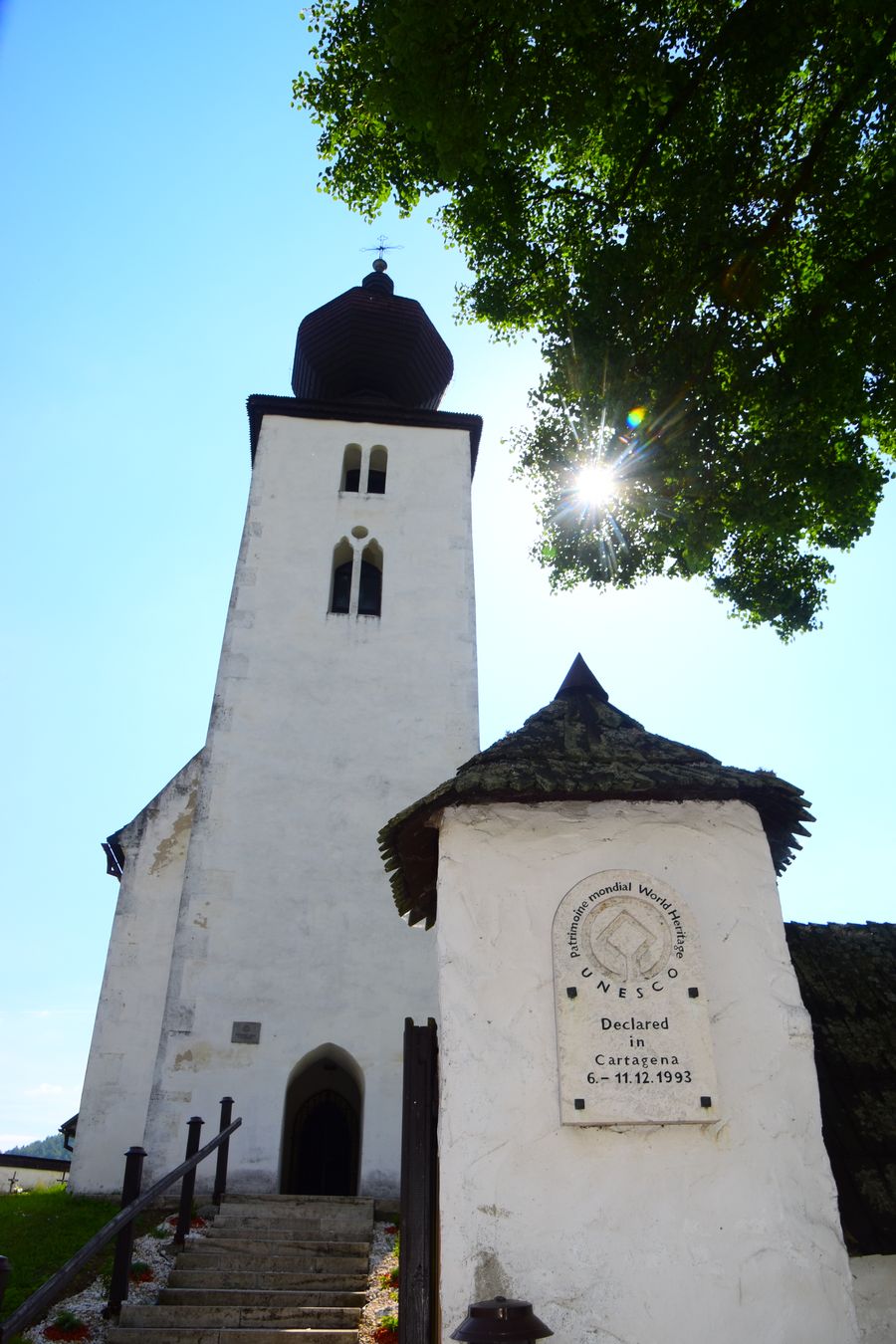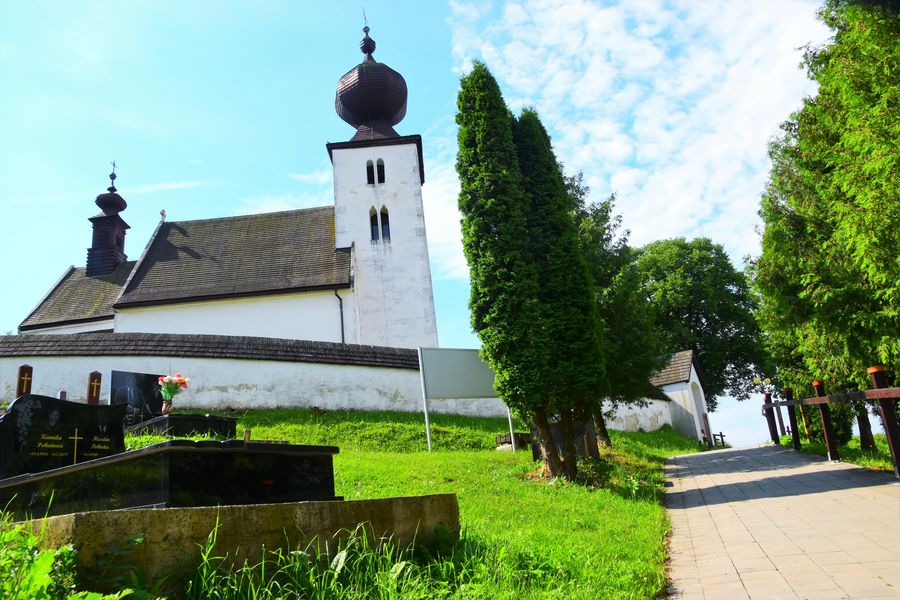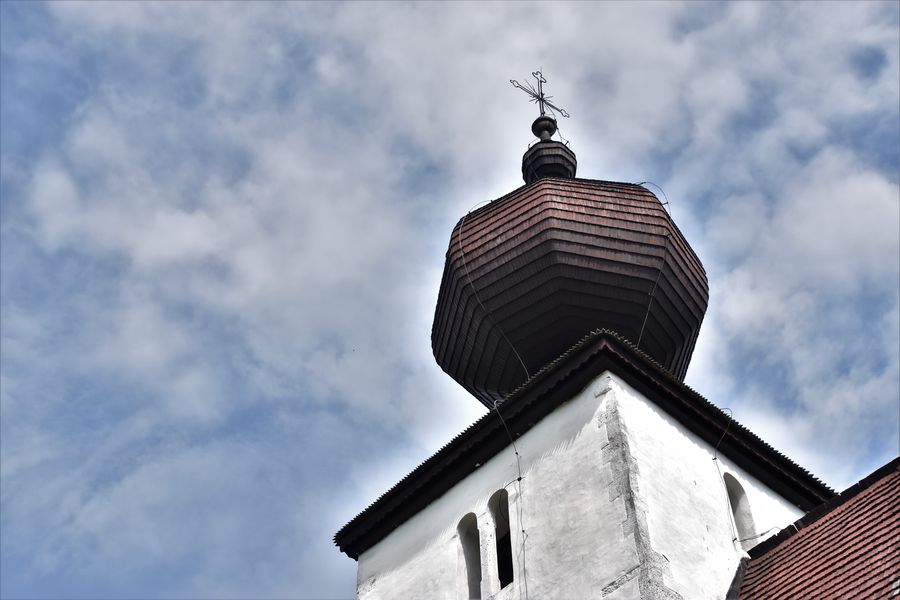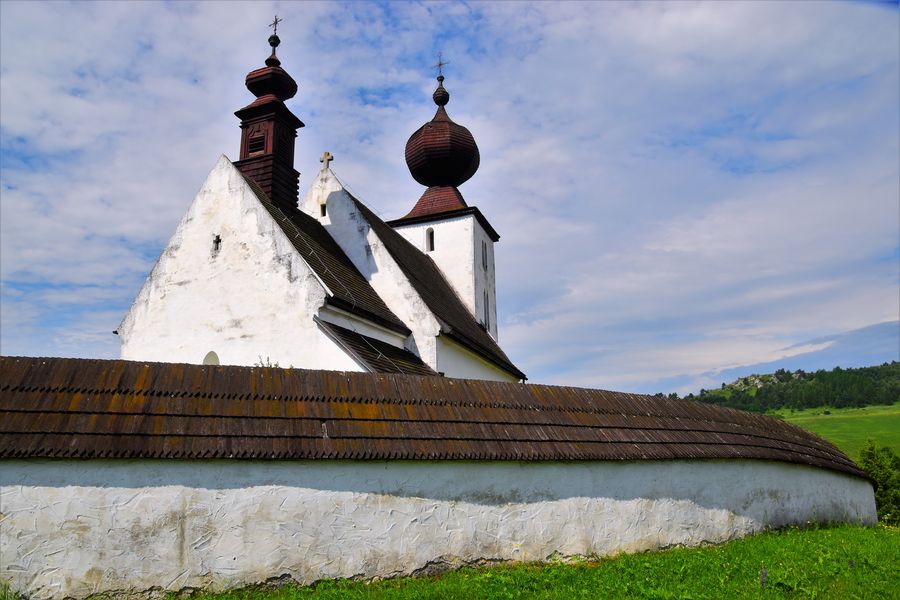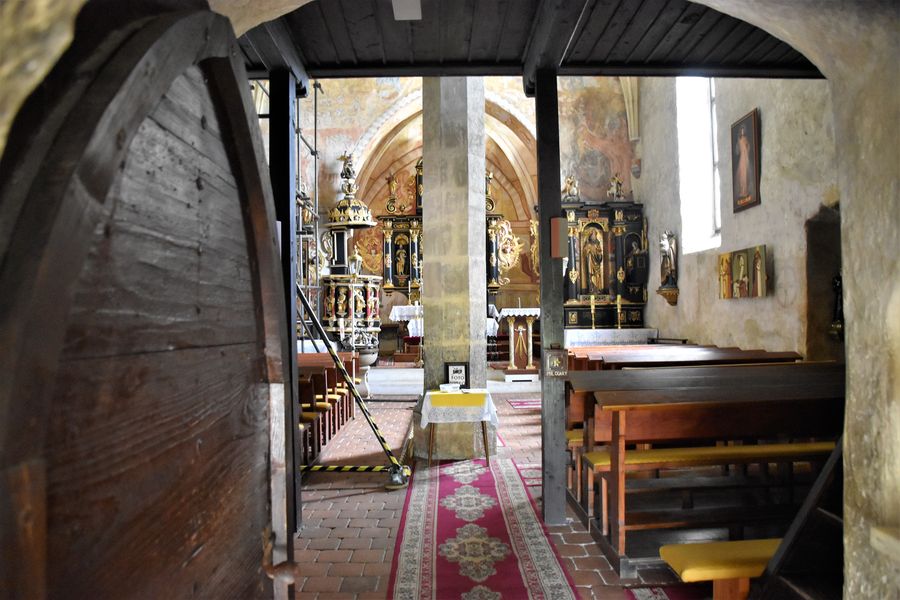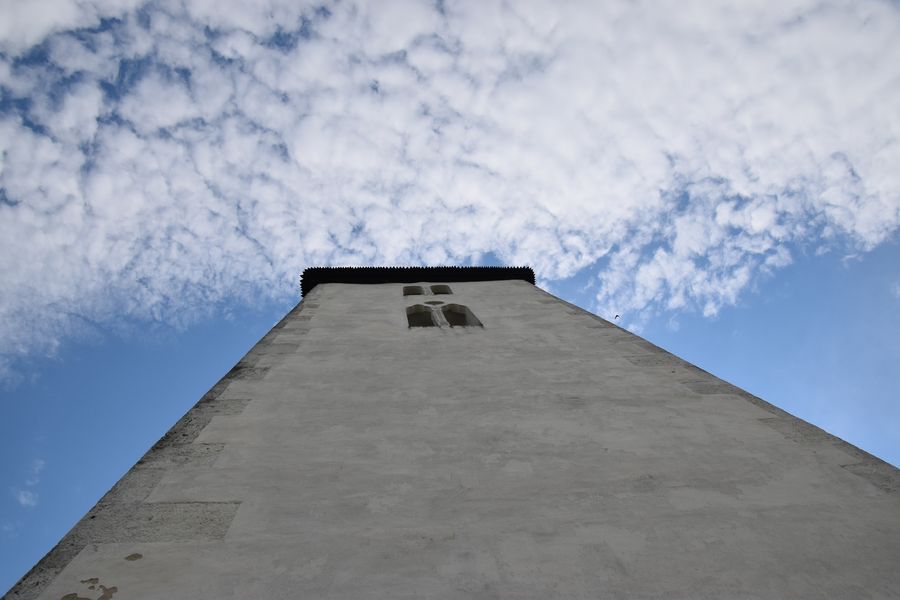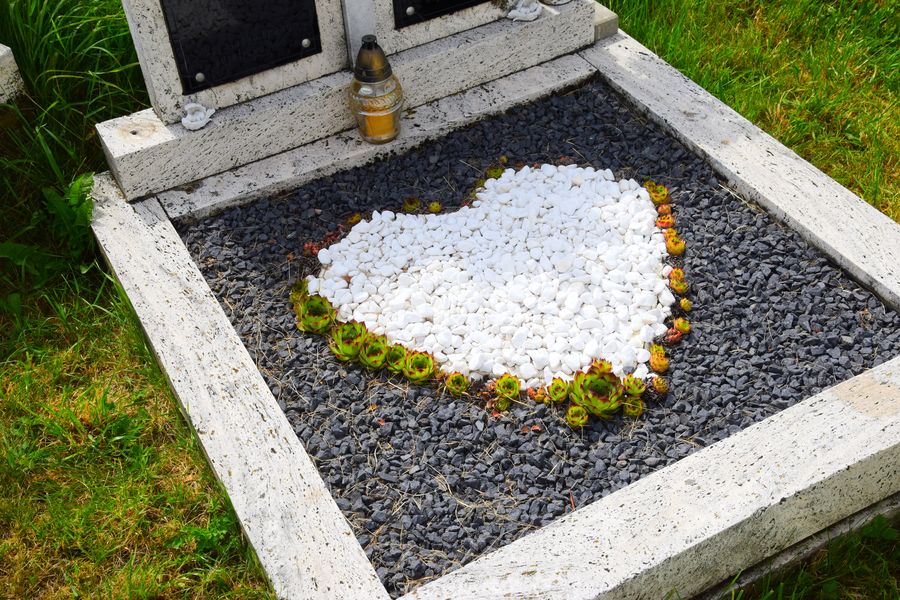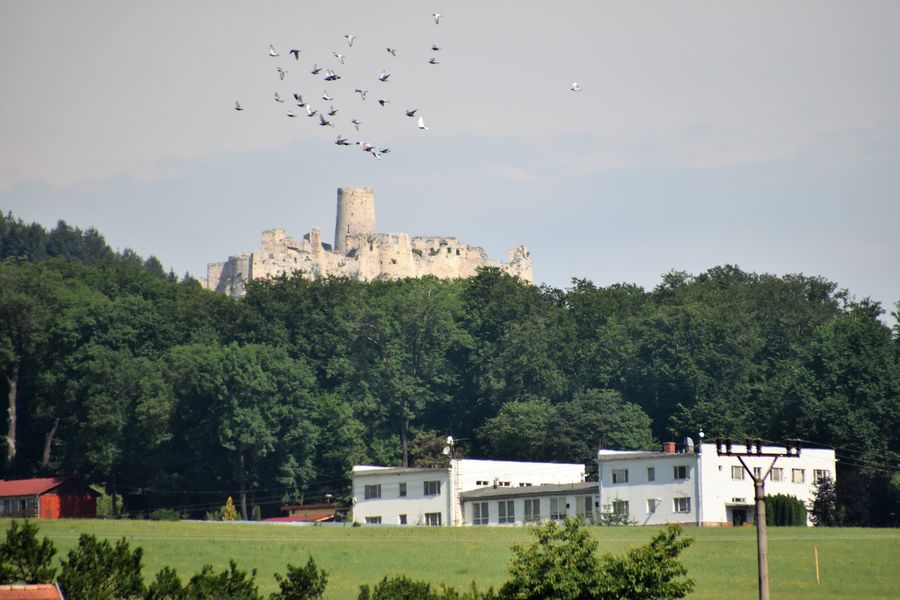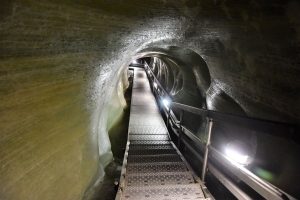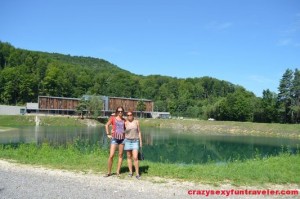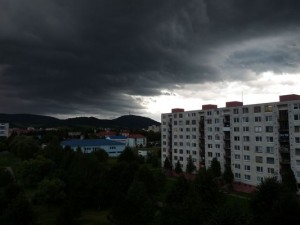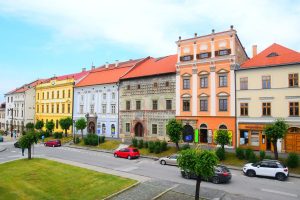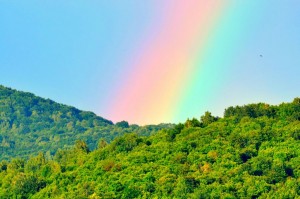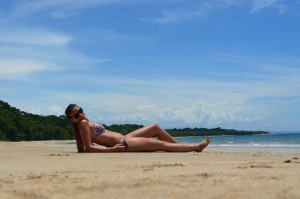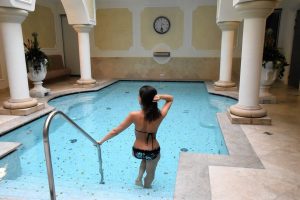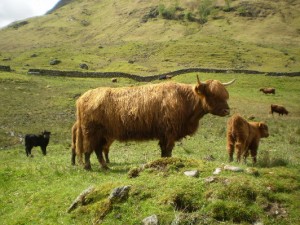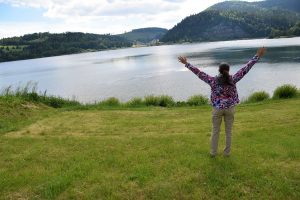20 things to know about UNESCO Zehra Church – Church of Holy Spirit Žehra Slovakia
I bet that most people have not heard of the Spis region in Eastern Slovakia. And those who have, might know the Spis castle which is probably the biggest castle complex in Central Europe. The Spis castle (Spišský hrad) is not the only UNESCO World Heritage Site in the area, but there’s another 3 within 10 minutes by car. One of them is also the UNESCO Zehra church, called Church of Holy Spirit, or Kostol Ducha Svätého v Žehre in Slovak.
I visited the UNESCO Zehra church together with my dad on one of our many trips around Kosice region. On the last trip we focused on visiting UNESCO sites and although none of us is a religious person, we were happy to find out more about Zehra church as well. It was our first time to the Church of Holy Spirit in Zehra so all the information was new to us.
Did you know that Zehra is one of the oldest villages in Spis? Fossils of Neanderthal men were found in the area!
20 things to know about UNESCO Zehra Church
1. The church is located in Zehra village with 2,300 inhabitants.
2. It’s just 4 km from the Spis castle, 10 minutes from Spisske Podhradie town, and 75 km from Kosice.
3. The Church of Holy Spirit stands at 426 m above sea level, on a mount above the village. There’s 93 travertine steps going up to the church from the parking by the main road.
4. The building of the church started in 1245 by Count Johann of Zehra once he was given permission to built it by the church authorities of Spis.
5. The contruction of the church lasted for 30 years and it was finally finished in 1275.
6. The whole church was built in late-Romanesque and early-Gothic style. Its late-Romanesque vault is still well-preserved.
7. From a big distance you can notice an interesting wooden onion-shaped dome from the 17th century. The dome looks too big for the small pedestal it’s standing on.
8. The white church looks very simple from the outside, but its inside walls are very colorful. They are covered with fresco paintings.
9. The oldest fresco dates back to 1275. All frescoes are from 5 stages, originally painted between 13th to 15th century. The last frescos are 3 rows on the north wall of the nave.
10. After the plague in 1644 and 1645, all walls of the church were limewashed (covered with lime plaster) for disinfection. That’s actually why the frescoes were so well-preserved until today.
11. The Baroque altar standing in the front of the church is from 1663.
12. Because the inner walls of the church were whitewashed with lime, no one knew about the frescoes for 2 centuries until they were rediscovered in 1870. Part of the fescoes was uncovered in 1877. So amazing to find beautiful frescoes underneath white-faced wall!
13. The frescoes were restored in 1939 and 1940, and then also in 1956 to 1959 which is when the most precious fresco of the Zehra church was uncovered. The framed fresco is named the Tree of Life (Arbor Vitae) and it shows many Biblical scenes. The Tree of Life is located on the North wall and covers almost 4 square metres. The original Tree of Life is from the 14th century.
Did you know cottage cheese was used to remove lime to uncover the frescoes?
14. The fresoces in the sanctuary showing Byzantyne influence are from the 14th century. They depict representations such as Last Judgement, Last Supper, and Saints Damian and Cosmas.
15. The original wooden ceiling of the church burned down in the 15th century. Just after the fire an eight-sided column was added in the middle of the church to support the new ceiling. The column thus divided the church into 2 naves. The church division by one column is quite popular for more churches in the Spis region, however, otherwise it’s a rarity.
16. Eight consecration crosses are the oldest wall paintings inside the church. They are marking the 8 spots where the church was originally christened.
17. Since 1985 the Zehra church is a national cultural monument.
18. In 1993 the Zehra church was proclaimed a UNESCO World Heritage Site, together with the Spis castle, Spisske Podhradie town and church Spisska Kapitula. All 4 places are within a short distance from each other.
19. Nowadays, the frescoes on the North wall (the wall on your left side when you enter the church) are being restored again. Restoring frescoes is expensive whis is why the entrance fee is 2 euros.
20. You can enter the church during a mass on Sunday morning, or call them to enter at different time. The church is open on Mondays to Fridays from 10 am to 4 pm, and on Saturdays from 2 pm to 5 pm. The visit will take you approx. 1 hour, depending on how interested you are in the Biblical explanations of the frescoes. The explanation about the church is in Slovak, but can be also done in other 8 langauges.
Unfortunately, it’s forbidden to take photos and videos inside of the UNESCO Zehra church, but outside it’s ok. (The photo of the inner column I posted above was taken from the main door).
I definitely recommend you to walk around the whole church, and listen to the bird chirping and rooster crowing coming from the village below. The church area is extremely peaceful and I got there the exact feeling I would expect from a magical church.
I finished our visit feeling a lot of peace.
By the way, it’s possible to see the Spis castle if yu turn your back to the Zehra church entrance :)
Below you can see my video from Zehra church in Slovak. If you don’t speak Slovak, doesn’t matter, you will still get a better feeling of the church watching the video :)
TIP: Click here for more photos from UNESCO Zehra church.
If you’d like to visit my home country, but are still hesitating, here are 10 reasons to visit Slovakia that will hopefully convince you to put it on your bucket list.
Besides the UNESCO Zehra church, there’s more UNESCO Sites in Eastern Slovakia reached within 100 minutes by car from Kosice. You can check them on unesconadosah.sk. For more information about the area, visit Kosice region website.
